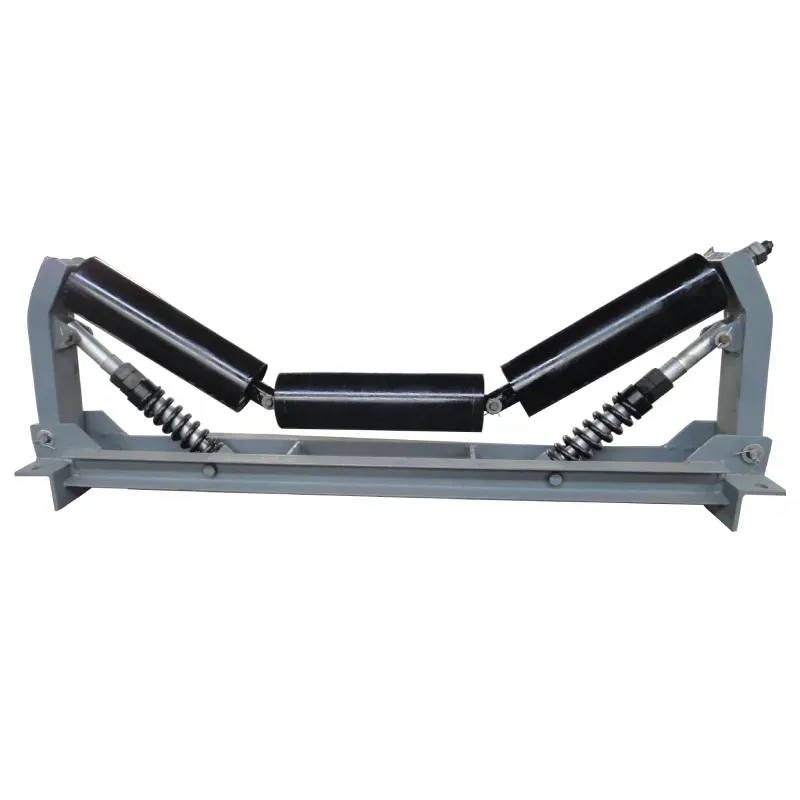 Afrikaans
Afrikaans  Albanian
Albanian  Amharic
Amharic  Arabic
Arabic  Armenian
Armenian  Azerbaijani
Azerbaijani  Basque
Basque  Belarusian
Belarusian  Bengali
Bengali  Bosnian
Bosnian  Bulgarian
Bulgarian  Catalan
Catalan  Cebuano
Cebuano  Corsican
Corsican  Croatian
Croatian  Czech
Czech  Danish
Danish  Dutch
Dutch  English
English  Esperanto
Esperanto  Estonian
Estonian  Finnish
Finnish  French
French  Frisian
Frisian  Galician
Galician  Georgian
Georgian  German
German  Greek
Greek  Gujarati
Gujarati  Haitian Creole
Haitian Creole  hausa
hausa  hawaiian
hawaiian  Hebrew
Hebrew  Hindi
Hindi  Miao
Miao  Hungarian
Hungarian  Icelandic
Icelandic  igbo
igbo  Indonesian
Indonesian  irish
irish  Italian
Italian  Japanese
Japanese  Javanese
Javanese  Kannada
Kannada  kazakh
kazakh  Khmer
Khmer  Rwandese
Rwandese  Korean
Korean  Kurdish
Kurdish  Kyrgyz
Kyrgyz  Lao
Lao  Latin
Latin  Latvian
Latvian  Lithuanian
Lithuanian  Luxembourgish
Luxembourgish  Macedonian
Macedonian  Malgashi
Malgashi  Malay
Malay  Malayalam
Malayalam  Maltese
Maltese  Maori
Maori  Marathi
Marathi  Mongolian
Mongolian  Myanmar
Myanmar  Nepali
Nepali  Norwegian
Norwegian  Norwegian
Norwegian  Occitan
Occitan  Pashto
Pashto  Persian
Persian  Polish
Polish  Portuguese
Portuguese  Punjabi
Punjabi  Romanian
Romanian  Russian
Russian  Samoan
Samoan  Scottish Gaelic
Scottish Gaelic  Serbian
Serbian  Sesotho
Sesotho  Shona
Shona  Sindhi
Sindhi  Sinhala
Sinhala  Slovak
Slovak  Slovenian
Slovenian  Somali
Somali  Spanish
Spanish  Sundanese
Sundanese  Swahili
Swahili  Swedish
Swedish  Tagalog
Tagalog  Tajik
Tajik  Tamil
Tamil  Tatar
Tatar  Telugu
Telugu  Thai
Thai  Turkish
Turkish  Turkmen
Turkmen  Ukrainian
Ukrainian  Urdu
Urdu  Uighur
Uighur  Uzbek
Uzbek  Vietnamese
Vietnamese  Welsh
Welsh  Bantu
Bantu  Yiddish
Yiddish  Yoruba
Yoruba  Zulu
Zulu High-Performance Carbon Steel Rollers for Enhanced Durability and Efficiency in Industrial Applications
The Significance of Carbon Steel Rollers in Modern Industries
Carbon steel rollers have garnered significant attention in various industrial applications due to their remarkable strength, durability, and versatility. These rollers, essential components in manufacturing processes, are integral for efficient production lines in industries ranging from construction to food processing. Understanding the composition, manufacturing process, and advantages of carbon steel rollers can illuminate their critical role in modern industry.
1. Composition and Properties
Carbon steel is an alloy primarily composed of iron and carbon, with carbon content typically ranging from 0.05% to 2.1% by weight. This combination grants carbon steel its superior hardness and tensile strength compared to other types of steel. Additionally, elements such as manganese, silicon, and copper are often added to enhance its mechanical properties.
The properties of carbon steel rollers are significantly influenced by their carbon content. Low-carbon steel (less than 0.3% carbon) offers improved ductility and malleability, making it easier to form into various shapes. Medium-carbon steel (0.3% to 0.6% carbon) strikes a balance between strength and ductility, while high-carbon steel (0.6% to 1.4% carbon) is known for its hardness and wear resistance. Depending on the application, manufacturers can tailor the chemical composition of the rollers to meet specific performance requirements.
2. Manufacturing Process
The production of carbon steel rollers involves several stages, including casting, forging or machining, and heat treatment. The process begins with melting scrap steel or iron and adding the appropriate proportion of carbon and alloying elements. Once the molten steel is formed, it is cast into cylindrical shapes.
Subsequently, these rough shapes undergo forging or machining processes to ensure precise dimensions and surface finish. After the shaping process, heat treatment methods such as quenching and tempering are employed to enhance the material's hardness and resistance to wear. The final step involves thorough inspection and quality control to ensure that the rollers meet industry standards.
3. Applications in Various Industries
carbon steel roller

Carbon steel rollers are widely used across multiple sectors. In manufacturing, they serve as essential components in conveyor systems, guiding and transporting materials efficiently. The automotive industry utilizes carbon steel rollers for assembling parts, where precision and durability are paramount.
In construction, heavy machinery relies on carbon steel rollers for compaction and earth-moving applications. The rollers ensure proper material handling while withstanding the rigors of challenging environments. In the food processing sector, food-grade carbon steel rollers are utilized for mixing, conveying, and packaging, ensuring high levels of hygiene and functionality.
4. Advantages of Carbon Steel Rollers
The utilization of carbon steel rollers brings numerous advantages. Their high strength-to-weight ratio makes them ideal for heavy loads, while their cost-effectiveness compared to other materials helps keep production costs down. Carbon steel rollers also exhibit excellent wear resistance, which prolongs service life and minimizes downtime due to maintenance.
Moreover, the ability to easily modify their properties through heat treatment allows for specificity in applications, ensuring that each roller performs optimally under varying conditions. This versatility positions carbon steel rollers as a vital component in enhancing productivity and efficiency within industrial processes.
5. Future Trends and Innovations
As industries continue to evolve, the demand for more advanced and efficient materials grows. Innovations in carbon steel roller technology, such as improvements in surface coatings and heat treatment processes, promise to increase their performance and longevity. Additionally, the integration of smart technologies, including sensors for real-time monitoring of roller performance, is on the horizon, paving the way for more automated and efficient manufacturing processes.
Conclusion
In conclusion, carbon steel rollers play an indispensable role across various industries, delivering durability, strength, and efficiency. As manufacturing processes advance and industries demand higher performance materials, the importance of carbon steel rollers will only continue to grow. Understanding their properties, manufacturing processes, and diverse applications is crucial for industry stakeholders aiming to leverage their capabilities for enhanced productivity and innovation.
-
Revolutionizing Conveyor Reliability with Advanced Rubber Lagging PulleysNewsJul.22,2025
-
Powering Precision and Durability with Expert Manufacturers of Conveyor ComponentsNewsJul.22,2025
-
Optimizing Conveyor Systems with Advanced Conveyor AccessoriesNewsJul.22,2025
-
Maximize Conveyor Efficiency with Quality Conveyor Idler PulleysNewsJul.22,2025
-
Future-Proof Your Conveyor System with High-Performance Polyurethane RollerNewsJul.22,2025
-
Driving Efficiency Forward with Quality Idlers and RollersNewsJul.22,2025





























